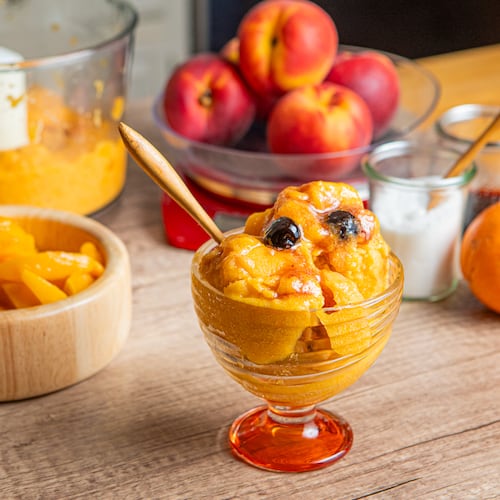Canned beer might have celebrated its 75th anniversary earlier this year, but its outlook is young and adventurous not old and grumpy
The iconic American product has undergone a series of changes since it first appeared in 1935, not long after the end of Prohibition.
Physically, cans that required an opener gave way to pull tabs in the 1960s and stay tabs in the 1970s. Along the way, can linings were steadily improved to remove the tinny taste and lock in freshness and flavor.
Culturally, what was once a working-class symbol of Joe Six-Pack became a hip sign for middle-class youth, as Pabst Blue Ribbon and Miller High Life tall boys were turned into a retro accessory.
More recently, cans have created a revolution in the craft brewing business -- something that seemed crazy in 2002, when Oskar Blues Brewery in Lyons, Colo., released Dale’s Pale Ale.
At first, Oskar Blues founder and owner Dale Katechis claimed putting his hoppy namesake beer in aluminum was a joke. Now the company proudly markets its flagship as “America’s first canned craft beer” and touts its eco-friendly packaging.
In 2002, the bittersweet, amber-colored brew was higher in alcohol and bigger in flavor than any other canned beer on the market. And Dale’s went on to win a number of brewing awards, even topping the New York Times tasting panel’s 2005 sampling of 24 American pale ales. Up against 23 bottled pale ales, it was a feat akin to the 1976 “Judgment of Paris,” when California wines bested French wines in a legendary blind tasting.
Numbers tell another big story. While overall beer sales have been steadily declining, American craft beer sales were up 7.2 percent in 2009. More surprising, between 2003 to 2008, canned craft beer sales grew by 28.7 percent per year, according to the Brewers Association trade group.
Nico Freccia, founder of 21st Amendment Brewery, a successful San Francisco brewpub, joined the canned beer movement in 2005 -- first with the distinctive Hell or High Watermelon Wheat and soon after with the popular Live Free or Die IPA.
“We thought the Watermelon was not only a unique beer that no one else was doing but also the perfect beer to put in a can,” Freccia said recently. “It just fit with summer outdoor activities where glass is less convenient or not allowed at all. But we felt we had to balance it with something else so that people wouldn’t think of us as ‘the fruit beer guys.’
"The IPA was a natural because it was the most popular year-round beer we sold at the pub and nobody was doing a beer like that in a can at the time.”
Since 2005, the number of U.S. craft breweries offering canned beer has grown from a handful to over 50 in 2009 and some 70 in 2010, including the likes of Harpoon and New Belgium.
“I hear it will surpass 100 by the end of the year” Freccia said. “We believe firmly that all major craft breweries in America will offer some of their products in cans five years from now. It’s just such a no-brainer.”
About the Author
The Latest
Featured
